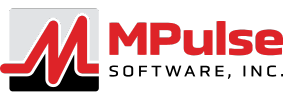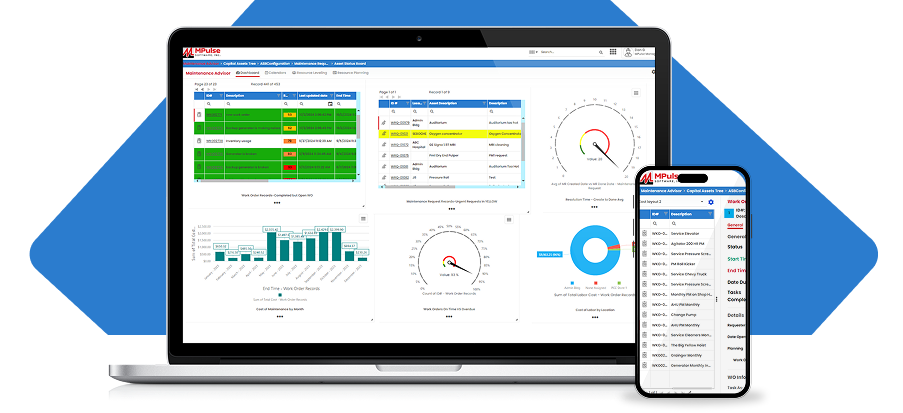7 Must-Have CMMS Features for Facility Maintenance

Facility maintenance managers have a lot on their plates with keeping buildings safe, systems running smoothly, and budgets under control. The tools used for maintenance have changed over the years. However, so has the technology behind them. That’s why more and more facility maintenance professionals are turning to cloud-based CMMS to simplify their daily tasks […]
Top 5 Industries That Need CMMS Software

If your organization produces goods or provides a service, or if it operates out of a building, managing maintenance should be one of your top priorities. CMMS software provides tools that help many different types of industries keep everything working properly. Whether it’s machines, equipment, vehicles, buildings, or multiple facilities, CMMS software helps companies organize, […]
How to Choose the Right Work Order Management Software for Your Business
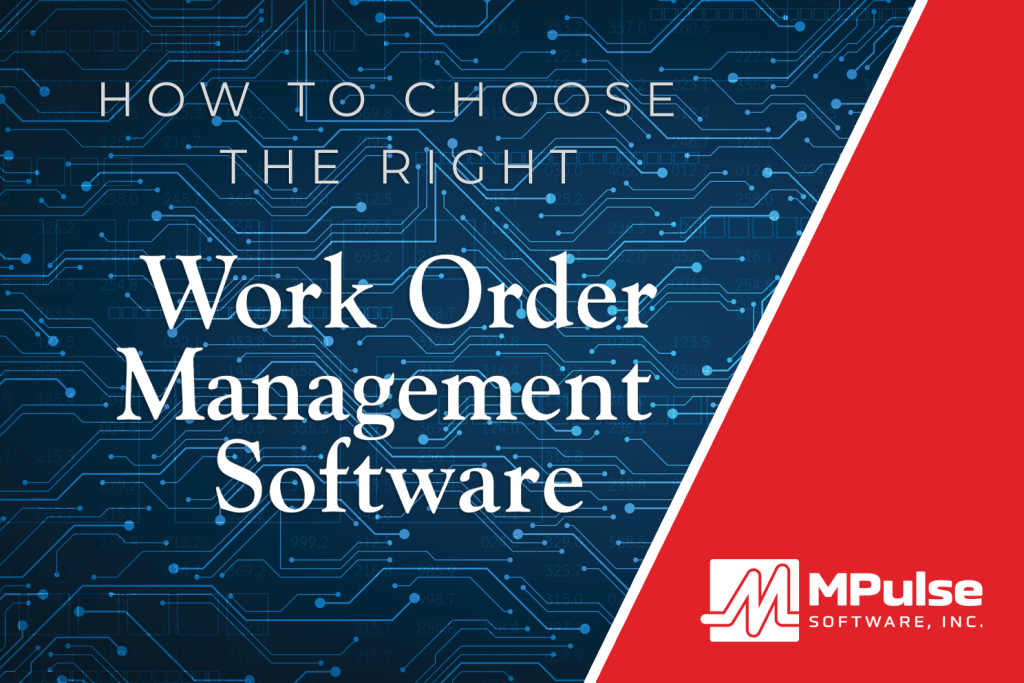
If your business relies on equipment, facilities, or other assets that need maintenance, it’s essential to keep them running smoothly. When machines break down or jobs fall through the cracks, it can cost time, money, and trust. That’s where work order management software can help. CMMS helps track maintenance tasks, manage assets, schedule work, and […]
What Is Pencil Whipping and Why Is It Happening in Your Organization?
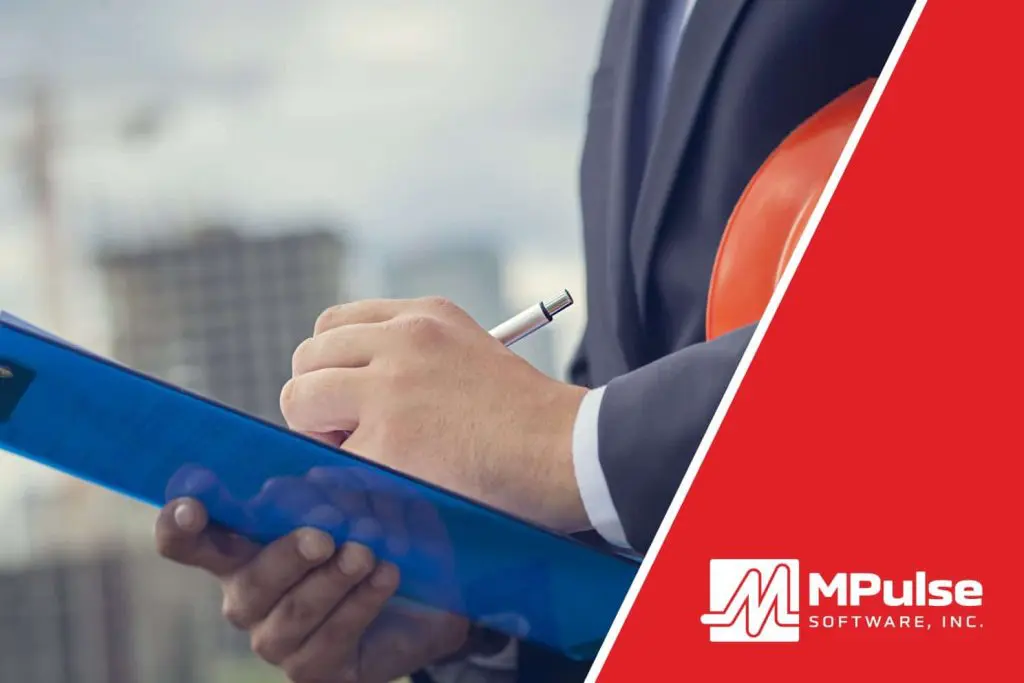
Busy maintenance professionals live by schedules. When those schedules feel overwhelming, pencil whipping becomes a common method to get things under control. But pencil whipping comes at a cost. What Does Pencil Whip Mean? Pencil whip means to sign off on a document or work order without performing the task or knowing that it has […]
How CMMS Supports PFMEA Implementation
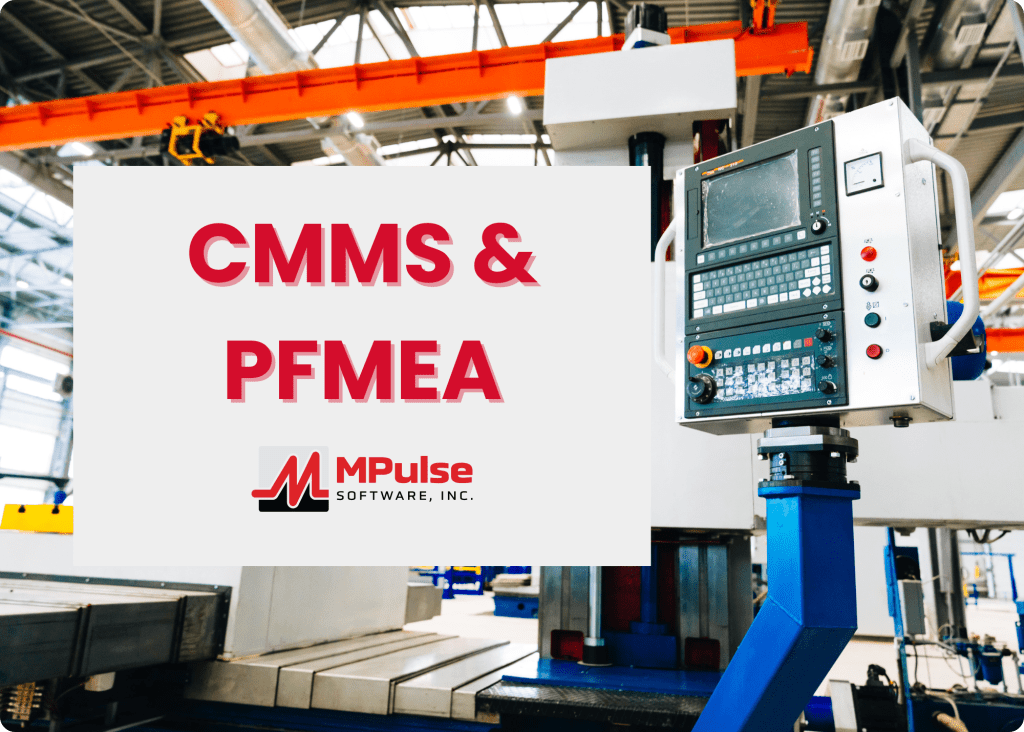
CMMS supports PFMEA by centralizing information, including data, real-time monitoring, and efficient maintenance processes. Because CMMS helps track equipment performance, spot patterns, and predict potential failures before they happen, PFMEA can identify and reduce risks more efficiently. CMMS sends real-time alerts when equipment is not performing as expected, allowing maintenance teams to address issues early […]
6 Ways a CMMS Can Lower Education Operational Costs

Controlling education operational costs with CMMS software goes beyond mere task management; it serves as a safeguard for a community’s investment in education. Yet finances remain a primary concern, as always. With tightening budgets, many educational facilities have resorted to a reactive approach, fixing only what breaks in order to comply with financial constraints. But […]
10 Signs It’s Time to Upgrade Your Maintenance Software
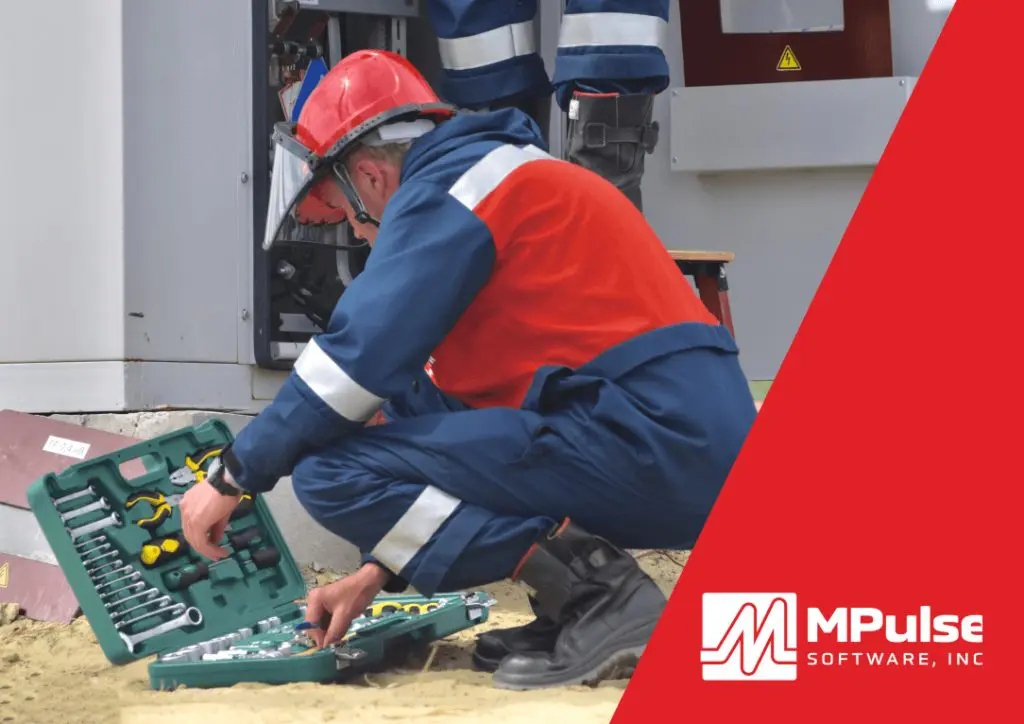
If you haven’t researched CMMS software lately, you might be surprised at how much things have changed. Maintenance software consistently gets more powerful—and more flexible—while also often becoming more affordable. So, how do you know when it’s time to upgrade your CMMS software? Look for one of these ten signs. Sign #1: Your Organization Has […]
5 Mistakes to Avoid When Implementing a New CMMS

Managing your maintenance operations with a CMMS establishes visibility. You can learn what’s going right, when you need to make improvements, and where you’re spending your dollars. However, CMMS success requires careful planning. Here are five common mistakes that we’ve seen organizations make, and how to avoid them. #1: Fail to lead One of the […]
When to Use a CMMS App, Part 2

Last time we talked about why many users don’t need a CMMS app. However, sometimes a CMMS app is the best solution. If your job involves working off site or in areas with low connectivity, a CMMS app can make your job a lot easier. With smartphones and tablets, you can capture information on the […]
How to Use Reliability Centered Maintenance (RCM) to Build Efficiencies
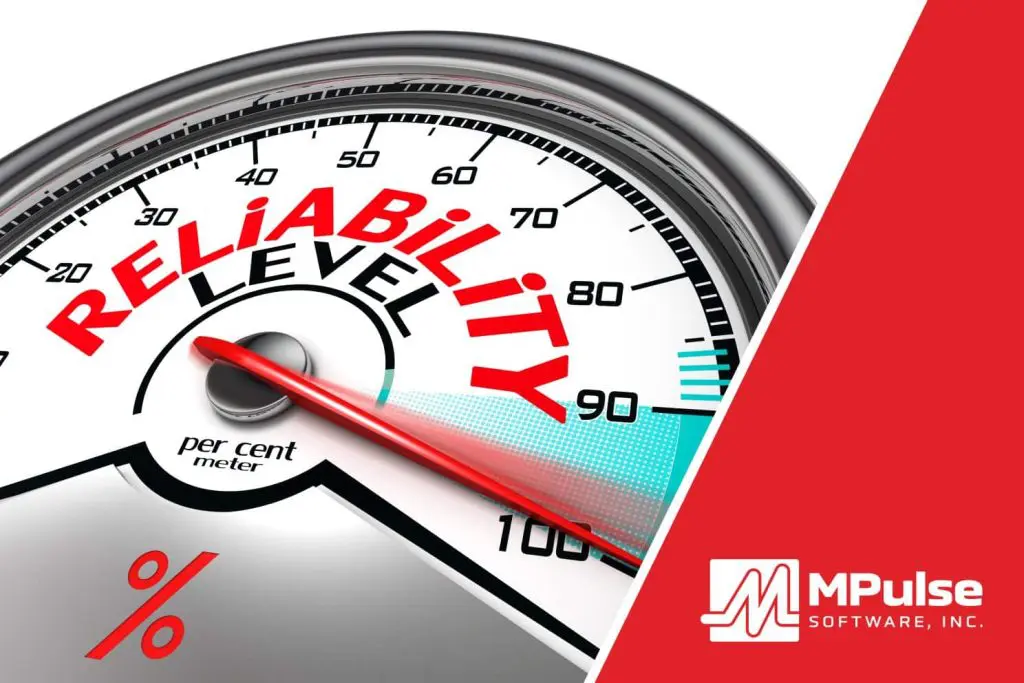
Globalization and economic pressures are forcing companies to build efficiencies wherever possible. As a result, the reliability of assets will become even more important than ever. What is Reliability Centered Maintenance? Reliability centered maintenance (RCM) defines maintenance as the means to maintain an asset’s functions in a defined operating context. Therefore, companies can focus resources […]
